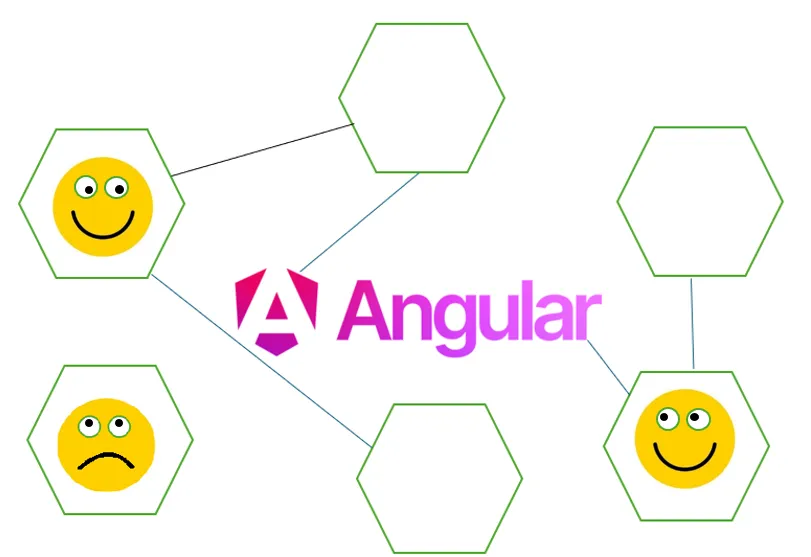
Dynamic Component Creation/Destruction and Dynamic Data Binding in Angular 18
Angular offers several conveniences for managing frontend projects by breaking them down into smaller parts, such as components and modules. This modular approach not only enhances code organization but also improves application performance through techniques like lazy loading. By creating separate components and loading them only when needed, we can optimize the performance of our application.
In some cases, it’s necessary to load components dynamically rather than when the webpage initially loads. Angular provides tools such as ViewContainerRef and, in versions before Angular 13, ComponentFactoryResolver to create and manage components dynamically. This approach ensures that components are only loaded when required, further enhancing the efficiency and responsiveness of the application.
In this article, I will explain how to create and destroy a component with child-parent relationships programmatically.
The case I want to talk about is when you have a child component that represents an Angular form, and you need to call this form in the parent. Then, after filling out the form, you want to close (destroy) it within the child component, not in the parent.
I will walk through the topic by creating an Angular project and applying the approach step by step.
I begin by creating a new Angular project:
ng new parent-child-component-app
Now I only need two components that have a parent-child relationship and a service.
I add the path to the routes in the app.routes.ts:
export const routes: Routes = [ {path:'', component:ParentComponent}];
I create a simple parent component template that includes a button to invoke the child component and a container div to hold the child component:
<div class="welcome-container">
<div class="welcome-card">
<h1>Welcome to App</h1>
<button class="welcome-button" (click)="loadChildComponent()">Call Child Component</button>
</div>
</div>
<div class="containerChildComponent">
<ng-template #containerChildComponent></ng-template>
</div>
You can access the rest of the article via this link.
???IT Security Specialist || Cyber Security Analyst || Threat Hunter || Incident Responder || Information Security Manager || System Engineer || Life-Long Learner???
3 个月Inspiring ???? ????